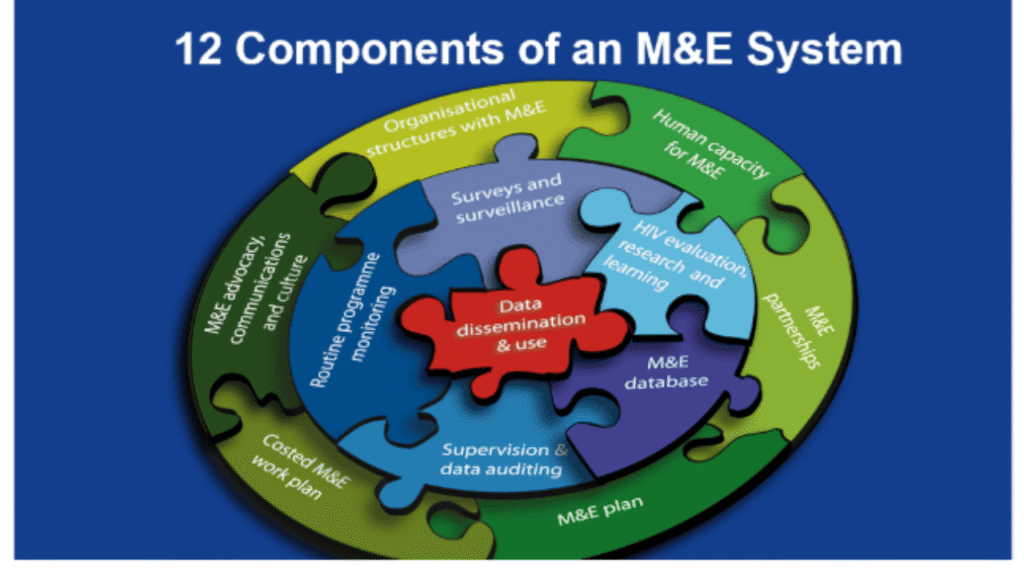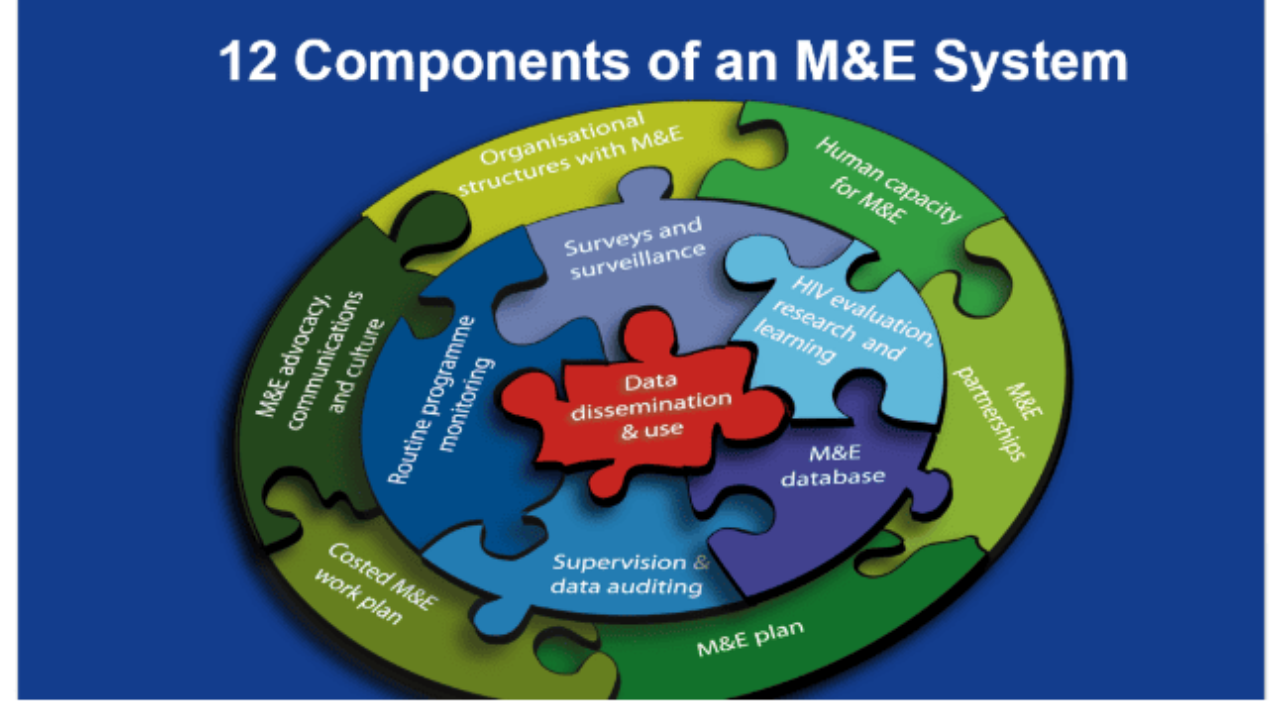
Monitoring and Evaluation (M&E) isn’t just for development agencies—it’s a powerful tool for design-based organizations aiming to create meaningful community, social, or environmental change. For design projects, especially those with participatory or community-driven elements, standard M&E approaches often fall short in capturing creativity, iterative feedback, and user experience. That’s why design-specific M&E frameworks are vital.
This article explains how to create and apply M&E frameworks tailored to the realities of design-focused projects—highlighting tools, indicators, feedback loops, and participatory strategies that ensure your design work creates real, measurable impact.
Overview Table: Key Components of Design-Specific M&E Frameworks
| Component | Function |
|---|---|
| Theory of Change (ToC) | Connects design activities to expected outcomes |
| Indicators & Metrics | Tracks design effectiveness, accessibility, and usability |
| Feedback Mechanisms | Captures real-time community/user input |
| Iteration & Adaptability | Ensures design changes can respond to findings |
| Qualitative & Quantitative Mix | Balances numbers with human stories and experience |
| Reporting & Learning | Translates insights into future design improvements |
1. Why Design Projects Need Tailored M&E Frameworks
Design projects—especially in urban planning, public spaces, or social innovation—don’t always have easily measurable outputs like vaccines delivered or schools built. Instead, impact can be experiential, long-term, and hard to quantify. Traditional M&E often misses:
- User experience and satisfaction
- Cultural relevance and aesthetic value
- Creative iteration cycles
- Non-linear problem solving
That’s why applying design-sensitive M&E ensures projects remain relevant, adaptable, and truly effective for the communities they serve.
2. Start with a Theory of Change (ToC) That Embraces Design Thinking
A ToC maps how your design intervention leads to desired change. For design projects, it should reflect key principles:
- Empathy: Understanding users’ needs at the core
- Iteration: Expect changes and feedback loops
- Co-creation: Include stakeholders in the solution process
Example:
| Design Activity | Output | Outcome | Impact |
|---|---|---|---|
| Community design workshop | Public space prototypes | Improved ownership of design | Safer, more inclusive shared environments |
| UX redesign for NGO platform | New interface deployed | Increased user engagement | More efficient service delivery |
| Sustainable materials lab | Product testing phases | Better environmental performance | Lower ecological footprint |
3. Designing Indicators for Design
Indicators must align with both design and impact goals. Go beyond just numbers and include behavioral, visual, and experiential markers.
Types of Indicators:
| Category | Examples |
|---|---|
| Output Indicators | Number of workshops held, prototypes built |
| Outcome Indicators | % of users reporting satisfaction, accessibility improvements |
| Impact Indicators | Reduction in heat in public areas, improved gender inclusion |
| Process Indicators | Number of co-creation sessions, iteration cycles completed |
Include both quantitative (counts, usage stats) and qualitative (stories, testimonials, photos) indicators.
4. Participatory Monitoring Techniques
Design is for people—so include them in monitoring. Community and stakeholder voices help validate results and identify missed opportunities.
Approaches include:
- Design Diaries – Users record experiences over time
- Storytelling Sessions – Capture lived impacts and emotional outcomes
- Photo Voice – Let users document what’s working visually
- Usability Walkthroughs – Watch people interact with design elements live
These methods prioritize equity and ensure design solutions are grounded in real needs.
5. Creating Feedback Loops for Iteration
Design-based M&E must be agile. Use rapid feedback cycles that feed directly into revisions.
Tools to enable this:
- Rapid Prototyping Metrics – Track success/failure of each version
- Weekly Stakeholder Check-ins – Address concerns and suggestions in real-time
- Change Logs – Document what was modified, and why
Agility avoids the trap of measuring something that’s no longer relevant due to design evolution.
6. Visual & Experiential Data Collection
Since design is visual, use methods that reflect this:
- Time-lapse videos to monitor space usage
- Design journey maps showing user interactions
- Before/after visuals for community transformation
- Digital dashboards to display real-time M&E results to funders and partners
Incorporate design documentation directly into reporting formats.
7. Reporting & Learning Loops
An M&E framework is only useful if it leads to reflection and action. Set up regular learning checkpoints:
- Quarterly Design Reviews with M&E leads and designers
- Public Feedback Reports in accessible language and formats
- Adaptive Strategy Sessions where data drives new design directions
Make M&E a team-wide learning tool, not just a reporting burden.
FAQs
1. Can small design teams implement effective M&E?
Yes—start simple, use participatory methods, and focus on key indicators relevant to your project.
2. What tools work well for design-based M&E?
Tools like Miro, Airtable, KoboToolbox, and Google Forms work well for tracking and visualizing data.
3. How often should M&E frameworks be updated in design projects?
Ideally after every major design phase or quarterly—especially when iterative processes reveal new needs.

